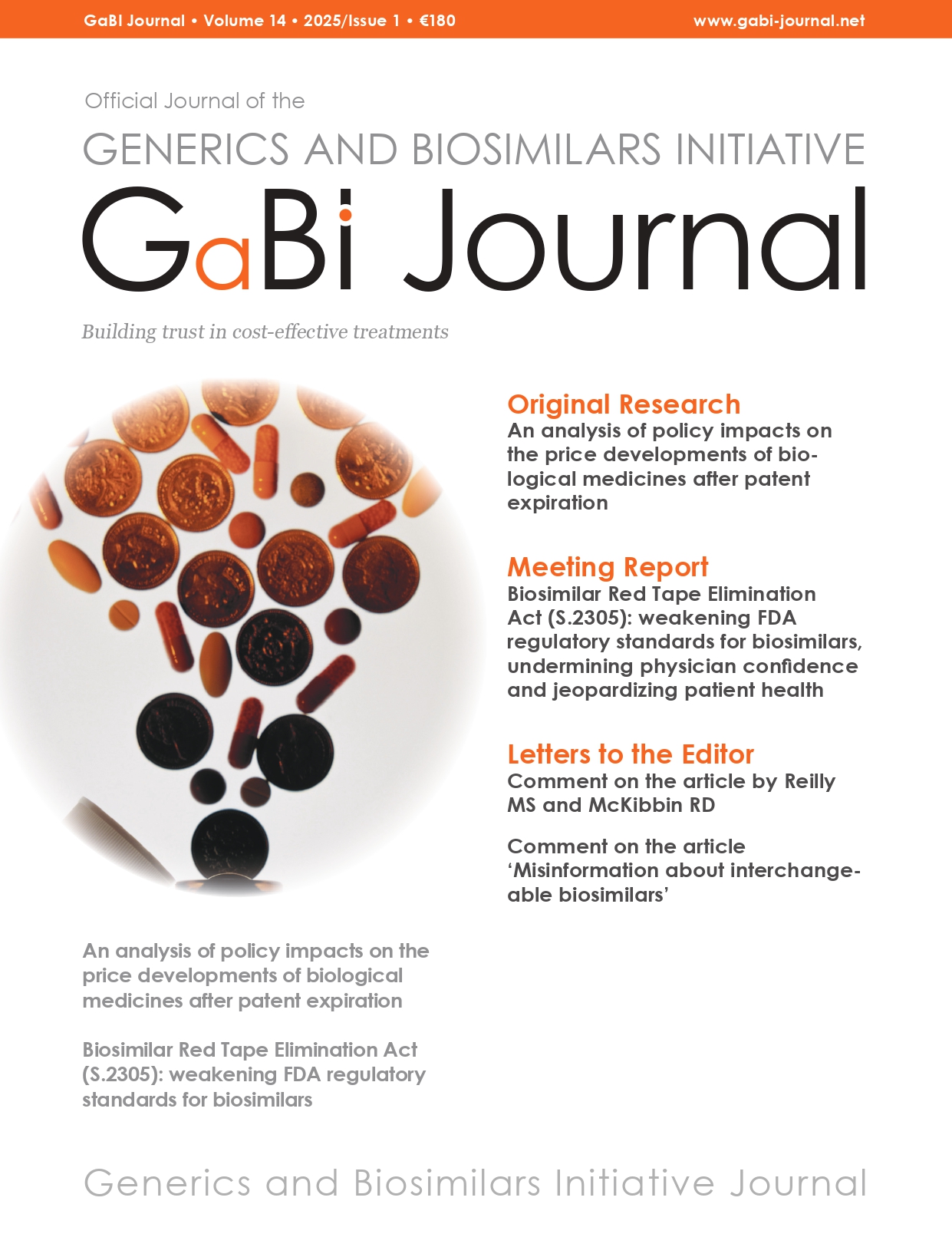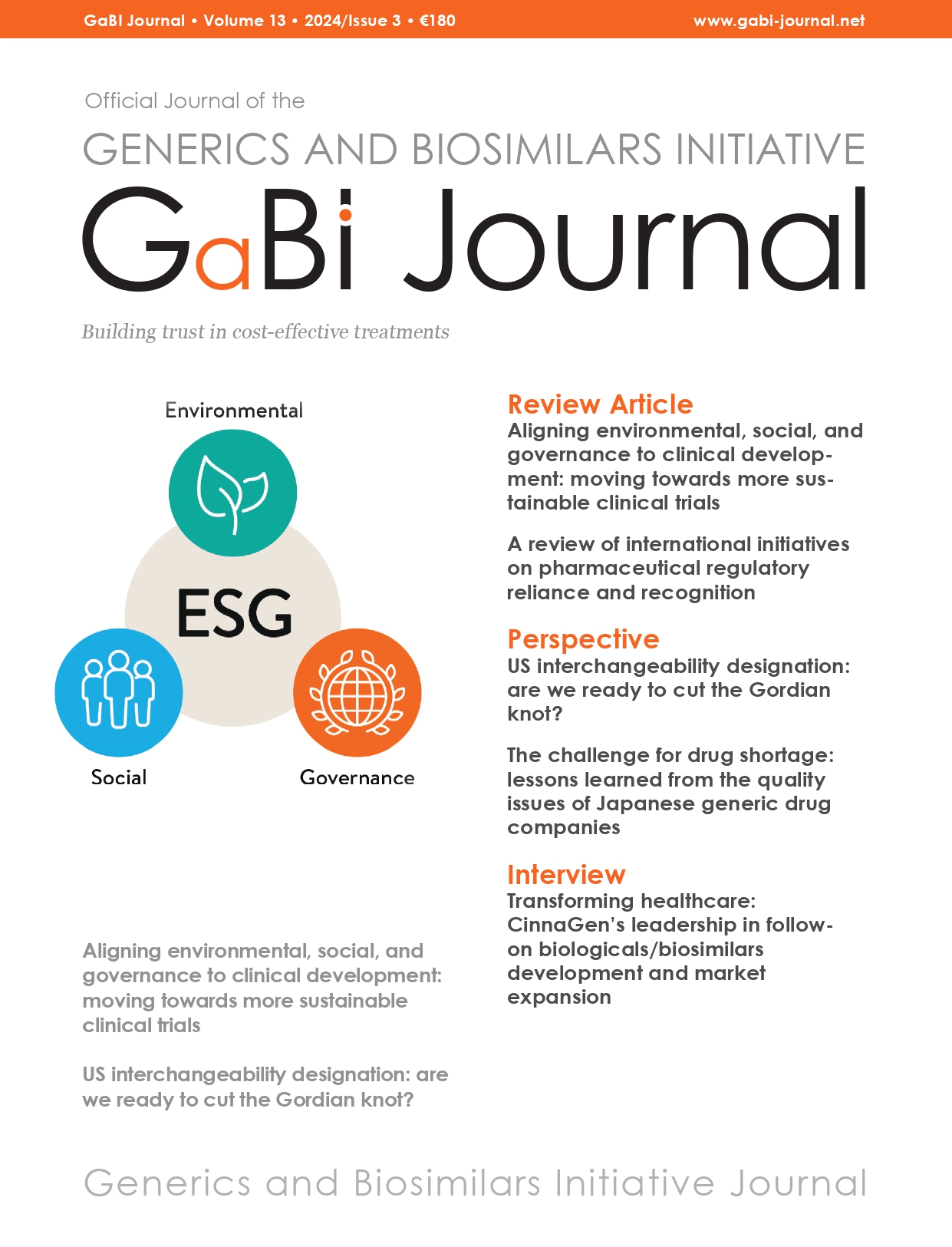The impact of religion on human embryonic stem cell regulations: comparison between the UK, Germany and the US
Author byline as per print journal: Hajaj M Alhomaidan; Ali M Alhomaidan, PhD Abstract: This paper describes the differences in human embryonic stem cell regulations in several Christian countries across the world: Italy, Spain, the UK, Germany and the US. It discusses issues related to Catholic and Protestant countries and how the differences in religious […]


